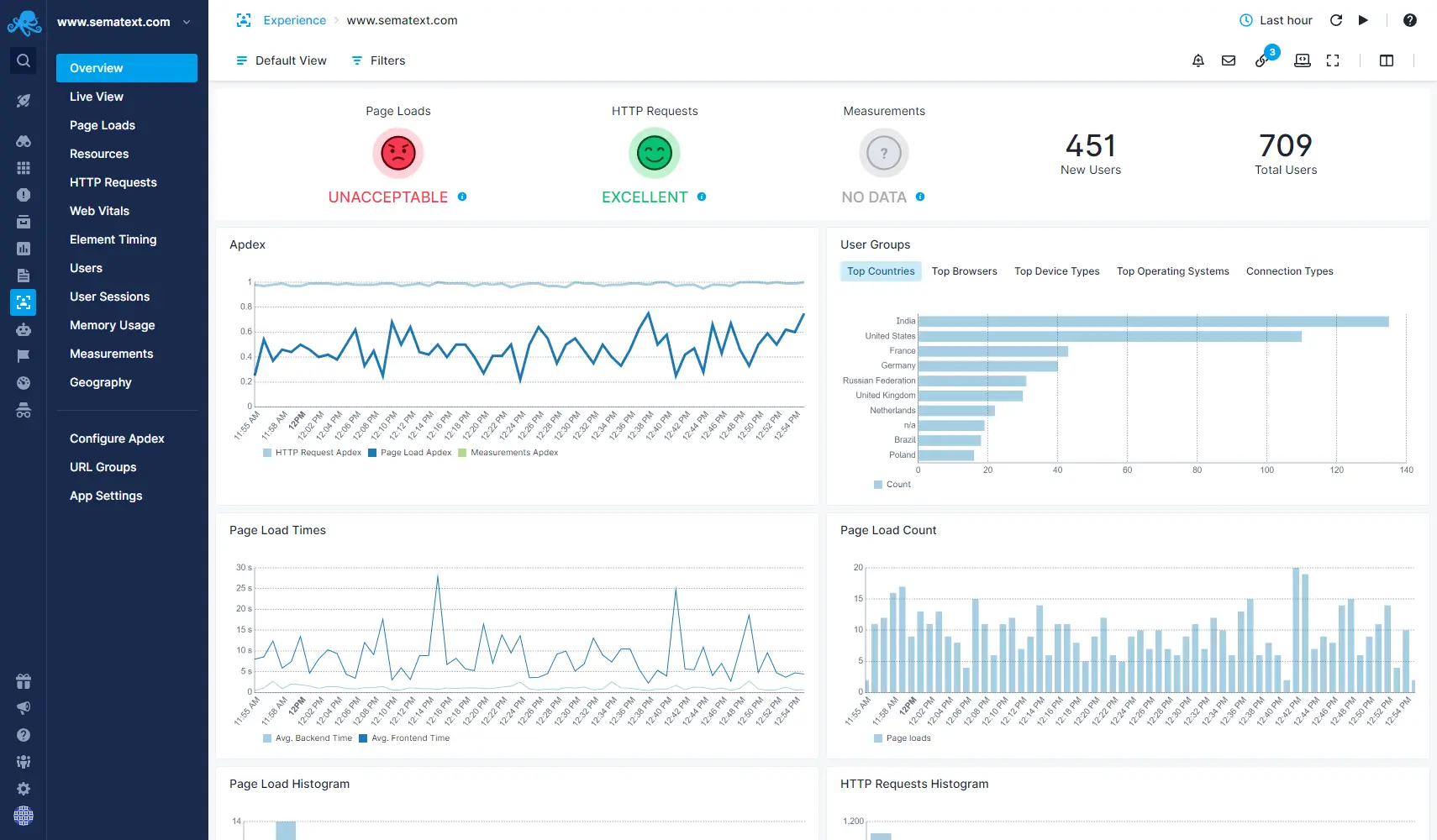In the realm of digital marketing, On-Page SEO is a fundamental aspect of optimising your website for search engines. It involves strategic techniques to improve your site’s visibility and rankings in search results. In this guide, we will explore the most important On-Page SEO techniques that can boost your website’s performance and help you optimise your title tags for SEO effectively.
Table of Contents
Understanding Semantic SEO
Before we dive into On-Page SEO techniques, let’s grasp the concept of semantic SEO. Semantic SEO goes beyond the traditional keyword-focused approach. It involves understanding the context and meaning of words, phrases, and entities within your content.
With advancements in Google’s NLP (Natural Language Processing), search engines can now interpret content more like humans. They recognise entities, relationships, and context. Therefore, incorporating entities and semantic SEO into your content is crucial for better rankings.
1. Keyword Research and Placement
The foundation of On-Page SEO begins with keyword research. Identify relevant keywords and phrases that your target audience is likely to search for. Tools like Google Keyword Planner can help you find valuable keywords with decent search volumes.
Once you have your keywords, strategically place them in your:
- Title Tag: The title tag is a critical On-Page SEO element. Include your primary keyword near the beginning of the title.
- Meta Description: Craft a compelling meta description that includes your keyword naturally.
- Header Tags: Use H1, H2, and H3 tags to structure your content and incorporate keywords where relevant.
- Body Content: Integrate keywords naturally into your content, but avoid keyword stuffing.
2. High-Quality Content
Search engines prioritise content quality. Producing high-quality, valuable content not only satisfies users but also enhances SEO. Your content should be well-researched, informative, and engaging.
Consider using entities and semantic SEO techniques to enrich your content. By providing in-depth information related to your topic, you can establish your authority in your niche.
3. Internal and External Linking

Internal linking involves linking to other relevant pages within your website. It helps search engines understand the structure of your site and improves user navigation. Use descriptive anchor text for internal links.
External linking refers to linking to reputable sources outside your website. This adds credibility to your content. Ensure that the websites you link to are reliable and relevant to your topic.
4. Optimise Images and Media
Images and media play a crucial role in content engagement. When including images, make sure to:
- Use Descriptive File Names: Rename image files to include relevant keywords.
- Alt Text: Add descriptive alt text for images to improve accessibility and provide context to search engines.
- Optimise Image Size: Compress images to reduce page load times, improving user experience.
5. Mobile Optimisation
With the increasing use of mobile devices, mobile optimisation is crucial. Ensure that your website is responsive and offers a seamless experience on smartphones and tablets. Google gives preference to mobile-friendly sites in its rankings.
6. Page Loading Speed
Page loading speed directly impacts user experience and SEO rankings. Optimise your website’s speed by:
- Minimising HTTP Requests: Reduce the number of server requests by optimising scripts and stylesheets.
- Leveraging Browser Caching: Enable browser caching to store static resources on users’ devices.
- Content Delivery Network (CDN): Utilise a CDN to distribute content geographically, reducing loading times for users worldwide.
Conclusion
Effective On-Page SEO techniques are essential for improving your website’s visibility, user experience, and search engine rankings. By implementing these strategies and incorporating semantic SEO and entities into your content, you can create a strong online presence that resonates with both search engines and users.
Remember, the digital landscape is ever-evolving, so staying up-to-date with the latest SEO trends and techniques is key to maintaining your online success.











